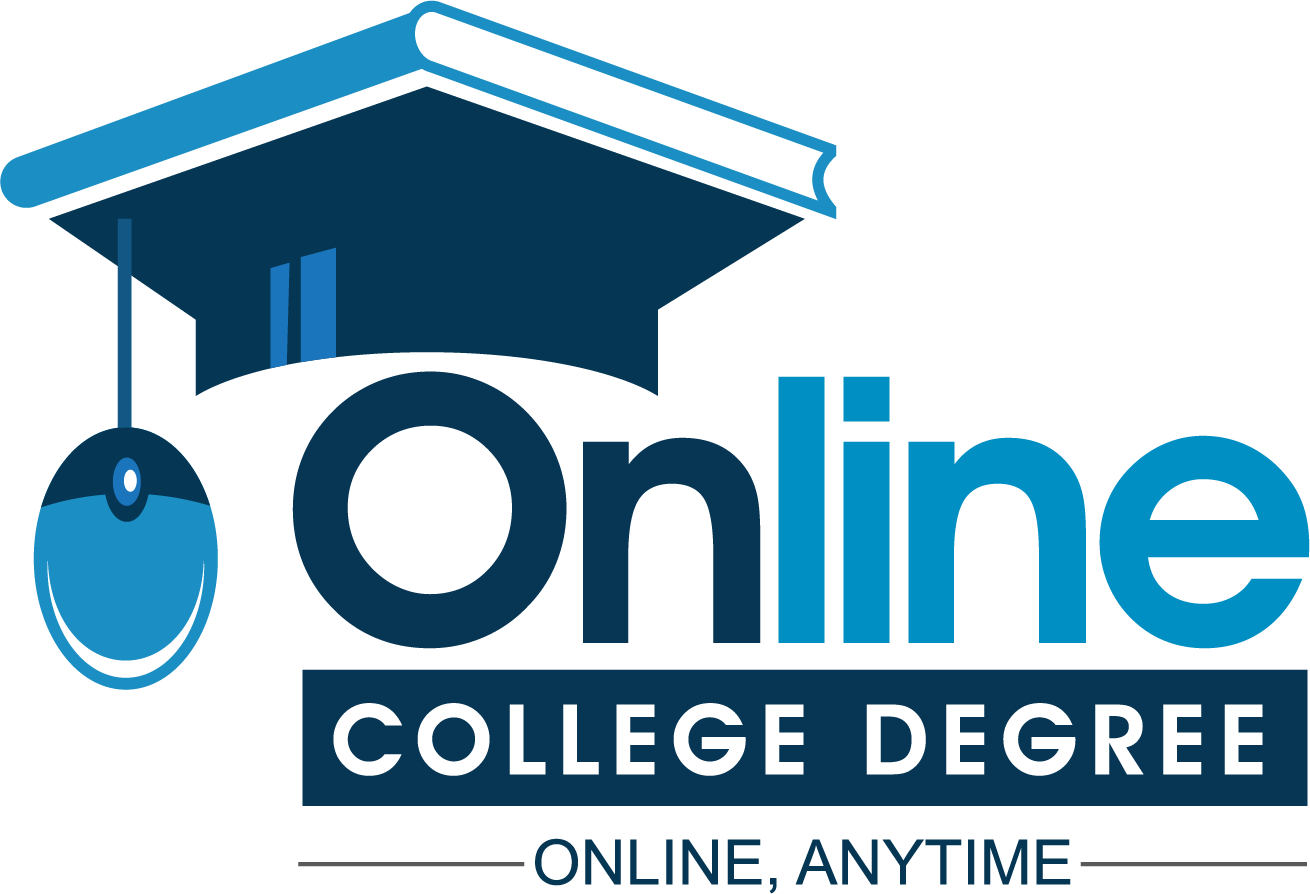Distance learning as we know it today has grown considerably from the basics of distance education. Students would receive course materials by mail, including textbooks and other course materials. These materials and manuals allowed you to learn independently at your own pace. Many distance learning courses have stood the test of time and of technological invasion; However, they are quickly replaced by online courses that offer tutoring and pedagogical support, multimedia pedagogical experience, and interaction with other students via various forums. Thanks to technology, the transition from traditional teaching experience to online or distance learning seems natural.
Distance learning and online learning is an area of education that uses specific tutoring and technology to often provide personalized course materials to students who are not physically present in a traditional educational environment. like a classroom. Distance education courses which, for whatever reason, also require a physical presence on-site (including exams) have been called hybrid or combined courses. In addition to the range of distance learning courses, there are also differences in the format and the way the courses are offered and accessible. The format depends on the purpose of the online course. It is important to know what type of distance education you are following in order to understand the time, technology, and even the travel requirements that can be expected of you.
The types of distance learning courses are divided into synchronous or asynchronous categories.
Synchronous distance learning includes live communication either by sitting in an online class or by chatting online. Asynchronous distance learning sometimes has weekly deadlines, otherwise, students can work at their own pace. Synchronous learning is less flexible and disrupts the student’s life more. However, it is the most popular format used by university distance education departments as it allows for greater interaction between students and teachers, especially if you are working towards a diploma or master’s degree.
Courses that focus on projects and tasks develop more in an asynchronous format as they give students more time to focus on their work. With open online courses, students have the greatest freedom. It is an asynchronous form of learning in which students receive textbooks, mailing lists, and email addresses on the Internet to complete their courses.
Combined distance learning courses often combine synchronous and asynchronous learning, creating a structure in which the student often has to meet in a classroom or Internet chat room at some point and not just work online at a time. Independent.
Some remote universities offer students 24/7 access to e-learning during the course. The student usually receives a full course manual as well as access to many online resources and receives a personal tutor. Reviews are usually downloaded online and comments are sent quickly. You do not have to feel isolated in your distance training because the provider offers a lot of support. With easy access to tutors, questions or inquiries can be easily submitted and answered via the online system. There are often open forums where the questions and answers of others can be viewed and therefore used as a reference for others. Many offer a record of your progress during your studies or keep a record of your progress, which you can see each time you register.
In addition to private distance education providers, some universities offer distance education through their continuing education and adult education departments or have their own distance education centers. These courses often require that you meet your tutor and other students for workshops and tutorials. In most cases, you will receive a range of self-taught and self-taught learning materials. The learning material is divided into modules that you study yourself.
